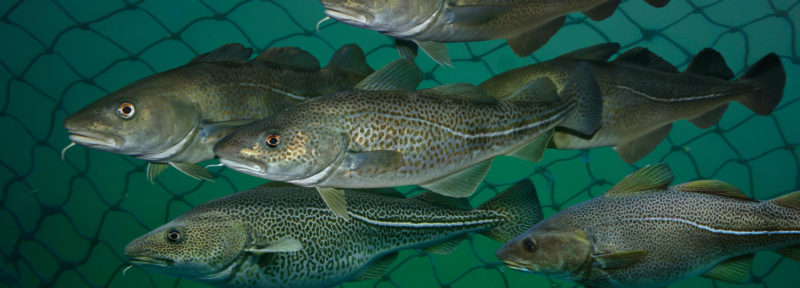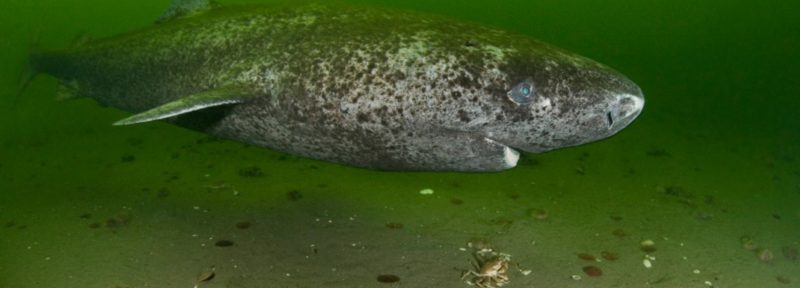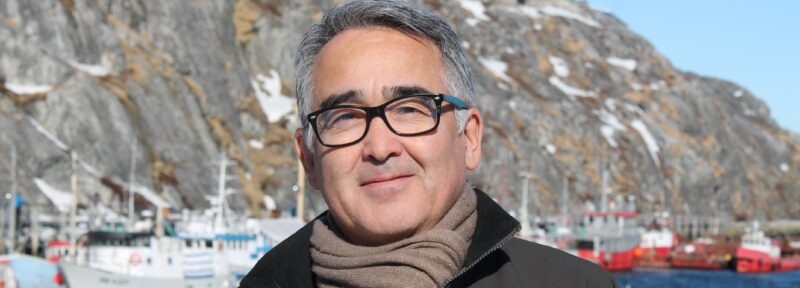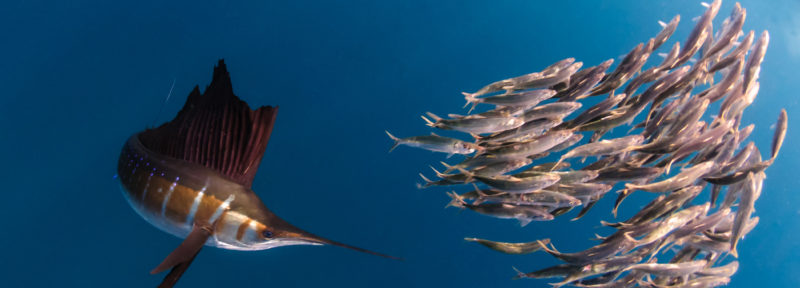Lektrike’l Walipotl Electric Boat Project Now in Final Design
HALIFAX—Membertou, Oceans North, Allswater, and BlueGrid by Rimot have officially launched Lektrike’l Walipotl—a project to develop Canada’s first electric lobster fishing boat. The Mi’kmaw naming celebrates Membertou’s spirit of innovation and leadership, while also marking significant milestones in the final design of the vessel and bi-directional charging.
Last December, Membertou—a Mi’kmaw community located in Cape Breton—and Oceans North announced they had signed an MOU towards the development of an electric lobster boat. Today’s launch brings together the full project team that will make it a reality, helping unlock environmental, economic, and social benefits for Indigenous fishers and boatbuilders. Lektrike’l Walipotl builds on Membertou’s work to transform its social and economic landscape over the last three decades.
“An electric lobster vessel is the natural next step in our drive towards becoming leaders in the production and use of renewable electricity,” says Terry Paul, Chief and CEO of Membertou. “We see the adoption of battery-electric technology in the lobster fishery as an important step in developing a sustainable fishery that will provide benefits for future generations. This first vessel will show fishers what’s possible and improve the work environment onboard by eliminating diesel pollution and reducing noise.”
The final design stage comes on the heels of the Nova Scotia Lobster Vessel Electrification Assessment, a new report that identified a massive opportunity to electrify over 2000 boats in the province’s fishing fleet so that it can continue to thrive in a net-zero economy. Oceans North, a Canadian charity that supports marine conservation and climate action in partnership with Indigenous and coastal communities, is now playing a convening role by bringing together the necessary partners to design, build, and demonstrate a vessel powered by all-electric propulsion technology in the near-shore lobster fleet.
“Innovative solutions and partnerships are required to address the climate crisis,” says Oceans North Executive Director Louie Porta. “This project shows how climate action is not a burden to be managed, but an opportunity that when seized creatively can help address important local priorities.”
“Membertou shared their vision with us for building a sustainable fishery in the context of a changing climate, and we knew the local industry players that were ready to help,” adds Brent Dancey, Director of Marine Climate Action at Oceans North. “The Lektrike’l Walipotl Electric Boat Project is being driven by the community’s goal to not only adapt but lead when it comes to sustainability and zero-emission boatbuilding.”
The project also sends a signal to the broader industry in Atlantic Canada: electric vessels work, and they are ready now. “Battery-electric technology isn’t new to boats—it’s already being used around the world,” says Rob Crutcher, CEO and Naval Architect at Allswater. “The only missing piece in Atlantic Canada was understanding the needs of local fishers, and designing a boat that could meet those needs. Once the industry sees that it works, the future fleet picture becomes clearer for everyone.”
Another key piece of the project is the use of bi-directional onshore charging to provide significant improvements in the community energy system. “We’re excited about the potential for bi-directional charging to both improve the local electricity grid and provide financial benefits for fishers,” says Andrew Boswell, CEO of BlueGrid by Rimot. “When the boat isn’t in use and electricity needs are high, power stored in the batteries can be fed into the grid. Bi-directional charging provides ongoing financial incentives for vessel owners that helps offset the higher upfront capital costs for battery-powered vessels.”
Over the last few months, the project team has initiated a wharf assessment and collected new data on several Membertou fishing vessels to capture a complete season of fishing—including trap setting—for the first time. The data collection is a crucial step in sizing the electric propulsion system to meet the vessel’s energy demand. Using this new energy information, the project team is designing the boat to match fishing operations, integrating the electric propulsion system into a new efficient hull design, and designing and planning the bi-directional shore infrastructure. Once the design is set, the project will shift to the boatbuilding, shore infrastructure deployment, and testing phase. Boatbuilding activities are expected to start as early as mid-2024 with a goal of having the first boat built and tested in 2025. Membertou plans to use the boat as part of its regular community fishing operations.
“We look forward to seeing Canada’s first electric lobster boat join the Membertou fishing fleet, and hope it will be the first of many,” says Chief Terry Paul.
For more information, please contact:
Alex Tesar
Communications Manager
Oceans North
[email protected]
Kelsea MacNeil
Director, Public Relations & Business Development
Membertou Development Corporation
902-578-4858
[email protected]
Rob Crutcher
CEO and Naval Architect
Allswater
902-706-7433
[email protected]
Andrew Boswell
CEO
BlueGrid by Rimot
902-456-5381
[email protected]




